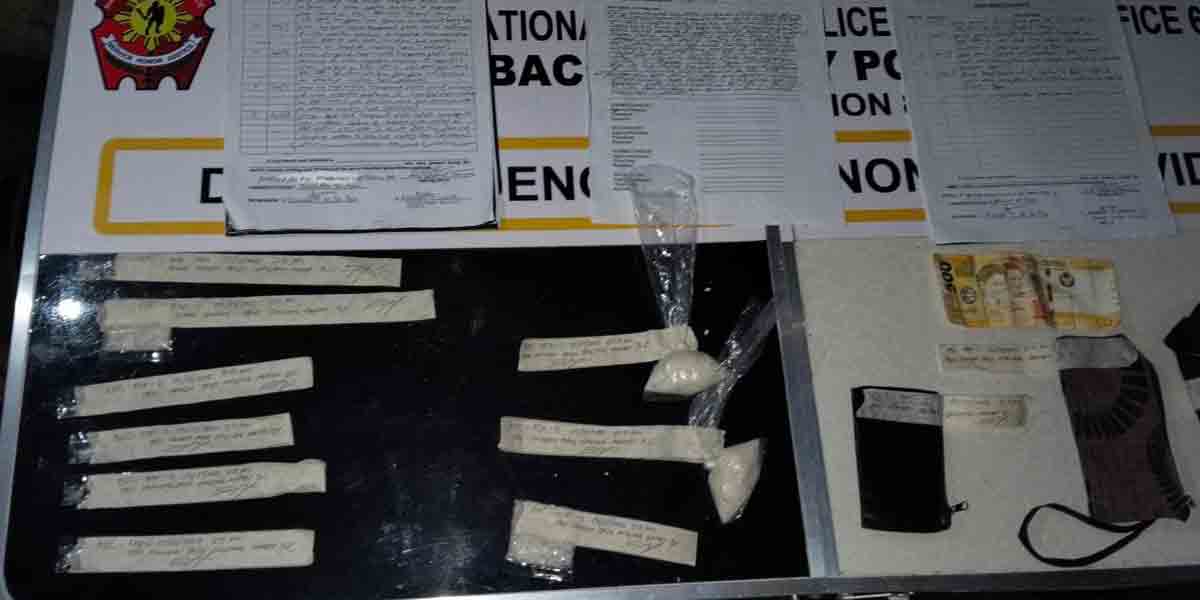 By: Lucell Larawan
By: Lucell Larawan
“MY experience with even the most successful global companies is that they’re between average and poor at developing future talent”, according to Marc Effron, president of the Talent Strategy Group.
This observation means that, albeit the issue of establishing a path for one’s career is not new to the business lingo, many are still oblivious whether they really have a development path for their careers.
I doubt if companies in the country, mostly rife with office politics that can override an eye for merits, really plan for the upward mobility of their talents. Mapping out your own development, therefore, is your responsibility that cannot be left in the hands of someone else.
There are many contenders who vie for higher positions in a company. So how can you chart the shortest way to your dream?
Research shows the most proven way: it is known as the 70-20-10 model or a combination of on-the-job, social and formal learning. The model emphasizes that 70 percent of your professional development comes from your work experiences, 20 percent from your connections and interactions with others, and 10 percent proceeds from formal education.
Be very clear about your point of origin and desired destination and note the two steps to be taken: 1) Identify your from/to; and 2) Design a personal experience map and take hold of the experiences you need.
Effron shows examples of from/to statements:
- From an individual contributor who adds value through technical expertise and closely follows others’ directions, to a people leader who creates a clear strategy and delivers results through a small team.
- From a business strategist who can appear aloof and dismissive of those with less intellectual horsepower, to a general manager who aligns and inspires her region through personal connections and demonstrates genuine care for people.
These are from/to examples of successful executives—CEOs of a $10 billion retail chain and a specialty eyewear firm.
The accuracy of your from/to statement is what you need so you need the help of trusted superiors and colleagues. Share with them the concept of from/to and ask them what they think of your own.
Since experience can best close the gap between your from/to, you need to update regularly your personal experience map to chart your path. Determine the most important experiences you need for your career goal. This is the practical planning document to produce the best version of yourself.
Usually, you need functional and management experiences to accelerate your development. Examples of functional experiences include what makes you great at business mentoring, supply chain and marketing. These tell your competence in your field. On the other hand, management experiences will make you prove you can handle a college, a team in a different location and situation.
The exemplars in your field can help you find out which experiences you need to make you an expert or the top 10 percent performer. The interviews provide you the ingredients to create your personal experience map.
For instance, if you want to be a chief financial officer (CFO), find the industry’s “best” list from articles in trade magazines, on lists of speakers at relevant conferences or from referrals of leaders in your company. Email these leaders, asking them for an informal conversation that can help someone to develop. If you avail of their time, ask them for insights about what functional experiences they believe can produce the best CFO. Or you can ask them their most valuable experiences in their own careers.
In building your career map, you need these experiences:
- Leading in the various stages of the product evolution, such as a developing market or a mature one; a turnaround situation, or a start-up.
- Either upgrading a poor-quality team, a large team, a matrixed environment or a highly political milieu.
- Working in a different culture or geographical location.
You may select four functional experiences and three management experiences that you find most beneficial towards your goals. Your personal experience map makes you more focused and realistic in planning your growth and assessing your development. Review your map each time you switch companies or jobs. Evaluate your progress every six months.
Be clear about where you are now and where you are heading. Then create your personal experience map. This is your best investment of time.
























